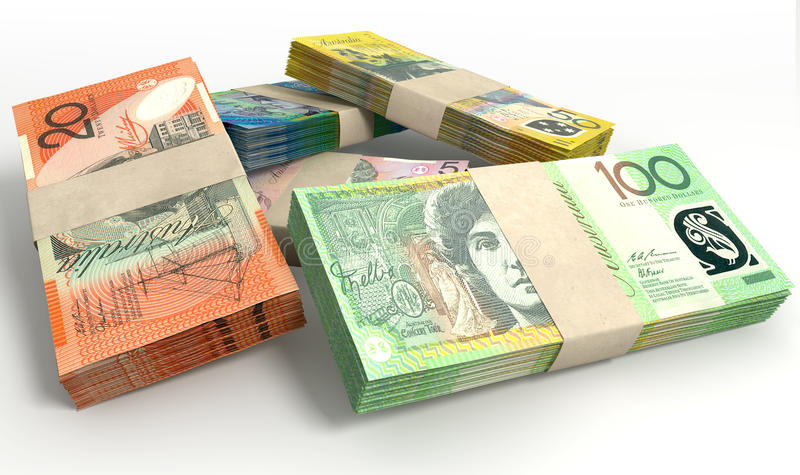Australian dollar increased in response to the increase in the S&P/ASX 200 Index.
The Australian Dollar (AUD) remained in positive territory on Friday, supported by a climb in the S&P/ASX 200 Index to fresh record highs, as well as advances on Wall Street overnight. However, the AUDUSD pair experienced some retracement on Thursday, as the US Dollar (USD) rose following the release of the Federal Reserve’s favored inflation indicator, the US Personal The Consumption Expenditures-Price Index met expectations.
The Australian share market soared to fresh highs, boosted by overnight gains on Wall Street.
The Australian dollar rose after the release of Australia’s Retail Sales and Private Capital Expenditure figures on Thursday. Furthermore, the Judo Bank Manufacturing PMI showed a little improvement in Australia’s manufacturing sector, with the February number climbing to 47.8 from 47.7 in the prior period.
The US Dollar Index (DXY) remains stable despite improved US Treasury yields.
Despite an increase in US Treasury yields, the US Dollar Index (DXY) edged down. The delay in anticipation for the Federal Reserve’s first rate cut, triggered by recent US GDP data, has boosted the Greenback.Australian Dollar Investors are now focused on the final US S&P Global Manufacturing PMI for February, which is set to be issued on Friday.
Daily Market Movers: : The Australian dollar strengthens when the equity market rises.
Seasonally adjusted Australian Retail Sales (MoM) increased by 1.1% in January, falling short of expectations of 1.5% but rebounding from a 2.7% loss the previous month.
Australian Private Capital Expenditure increased by 0.8% in the fourth quarter of 2023, compared to the predicted 0.5% and 0.6% previously.
The Australian Monthly Consumer Price Index (CPI) remained constant at 3.4% in January, missing market expectations of 3.5%.
Warren Hogan, Chief Economist Advisor at Judo Bank, highlighted concerns about Australia’s industrial sector, claiming that it is not growing. This observation puts into doubt the idea of a post-pandemic manufacturing resurgence.
Chinese Manufacturing PMI fell to 49.1, while Non-Manufacturing PMI rose to 51.4 in February.
In February, the Chinese Manufacturing PMI exceeded expectations at 49.1, although dipped marginally from the prior reading of 49.2. The non-manufacturing PMI improved to to 51.4 from the previous 50.7, exceeding the predicted result of 50.8.
Atlanta Fed President Raphael W. Bostic stated that recent inflation data indicated that meeting the central bank’s 2% inflation objective will be difficult.
Chicago Fed President Austan Dean Goolsbee remarked that he expects the first rate decreases later this year but did not provide a specific date.
New York Federal Reserve (Fed) President John Williams remarked on Wednesday that, while there is still some distance to cover in meeting the Fed’s 2% inflation target, interest rate reduction this year are possible, depending on incoming data.
According to the CME FedWatch Tool, the probability of rate reduction in March is 3.0%, while the likelihood of cuts in May and June are predicted to be 23.1% and 52.2%, respectively.
In January, the US Personal Consumption Expenditure (PCE) Price Index increased by 2.4% year on year, compared to 2.6% previously, in line with market expectations. The indicator climbed by 0.3% month on month, compared to 0.1% the previous month.
US Core PCE (YoY), the Fed’s preferred inflation index, increased by 2.8% from December’s estimate of 2.9, in line with expectations. The monthly result rose by 0.4%, as expected, above the previous increase of 0.1%.
The preliminary US Gross Domestic Product Annualized rose by 3.2% in the fourth quarter of 2023, slightly lower than market projections of 3.3%.
The preliminary US Gross Domestic Product Price Index (Q4) rose by 1.7%, compared to the predicted and previous growth of 1.5%.
US In December, the Housing Price Index (MoM) rose by 0.1%, falling short of the 0.3% projected and 0.4% before.









